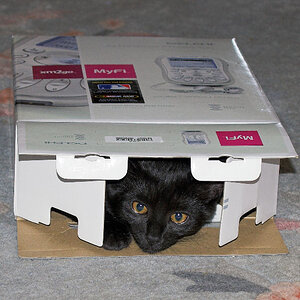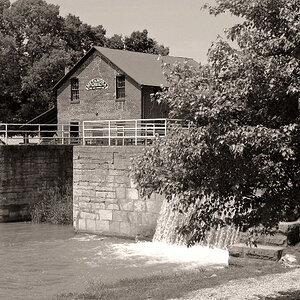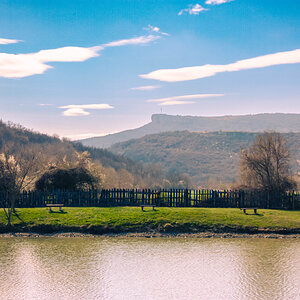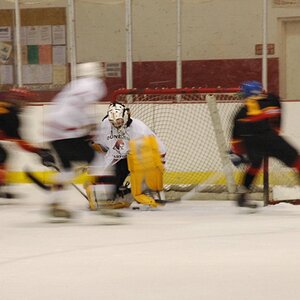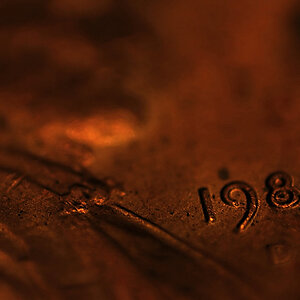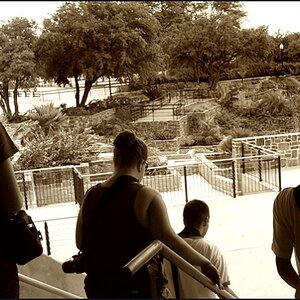soap266
TPF Noob!
- Joined
- Oct 17, 2011
- Messages
- 9
- Reaction score
- 0
I've seen ppictures where there is one object that is in focus. Around the picture are cars in which all you see are the head lights moving. I've seen the same basic idea done with the stars. I tried this but they turned out over exposed with no movement. Any suggestions as to how to do this with film?



